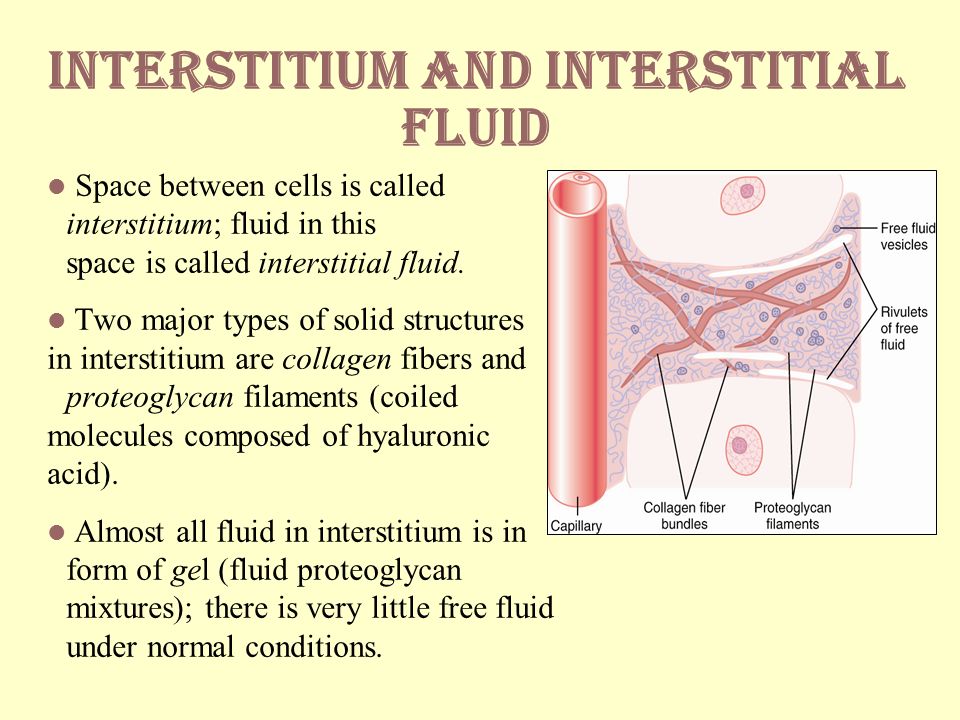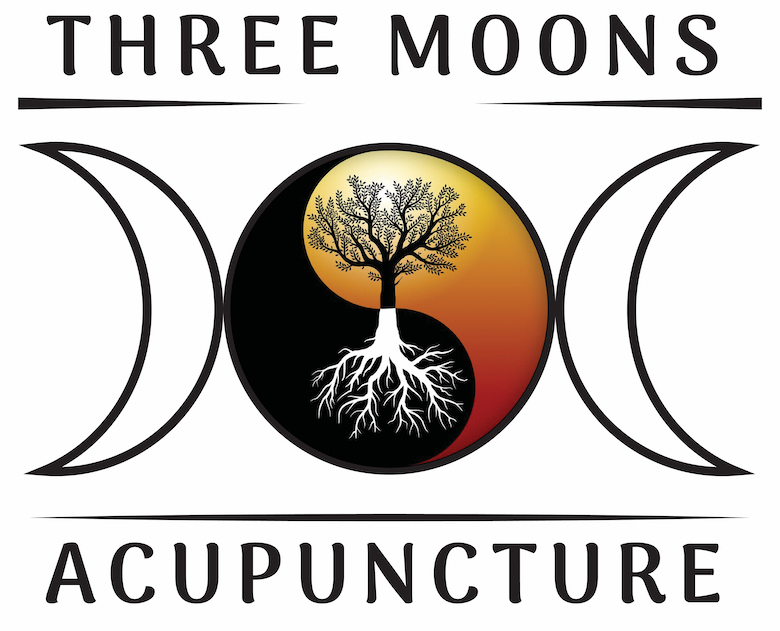Once again, it looks like conventional medicine is finally catching up with Traditional Chinese Medicine. Just this past week, scientists reported that they have discovered a “new organ”, which they have named the interstitium. The Chinese have known about this organ for centuries, but they named it the san jiao.
The san jiao is responsible for the movement and transformation of various solids and fluids throughout the body, as well as for the production and circulation of nourishing energy and protective energy. It is not a single self-contained organ, but rather a functional energy system involved in regulating the activities of other organs. It is composed of three parts, known as ‘burners’, each associated with one of the body’s three main cavities: thorax, abdomen and pelvis. An ancient Chinese medical text states: ‘The Upper Burner controls intake, the Middle Burner controls transformation, the Lower Burner controls elimination.’
The Upper Burner runs from the base of the tongue to the entrance to the stomach and controls the intake of air, food and fluids. It harmonizes the functions of the heart and lungs, governs respiration and regulates the distribution of protective energy to the body’s external surfaces.
The Middle Burner runs from the entrance to the stomach down to its exit at the pyloric valve and controls digestion by harmonizing the functions of the stomach, spleen and pancreas. It is responsible for extracting nourishing energy from food and fluids and distributing it via the meridian system to the lungs and other parts of the body.
The Lower Burner runs from the pyloric valve down to the anus and urinary tract and is responsible for separating the pure from the impure products of digestion, absorbing nutrients and eliminating solid and liquid wastes. It harmonizes the functions of the liver, kidney, bladder and large and small intestines and also regulates sexual and reproductive functions.
According to the scientists that “discovered” the interstitium, it is located almost everywhere in the body, but specifically just below the skin’s surface. It surrounds arteries and veins, encases the fibrous tissue between muscles and lines the digestive tract, lungs and urinary system.
The interstitium looks like a mesh. It is a layer of fluid-filled compartments strung together in a web of collagen and a flexible protein called elastin. Scientists previously thought the layer was simply dense connective tissue.
In Traditional Chinese Medicine, the san jiao channel is used to move energy and lift depression. The san jiao channel begins at the tip of the fourth (ring) finger and runs up along the dorsum of the hand and lower arm, to the back side of the upper arm, over the shoulder, up the neck, wraps around the ear and ends at the outer corner of the eyebrow. The san jiao channel is found bilaterally, but only one side has to be used for treatments to be effective.
https://www.sciencedaily.com/releases/2018/03/180327093954.htm




